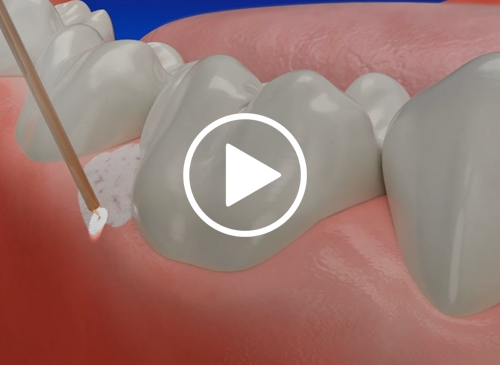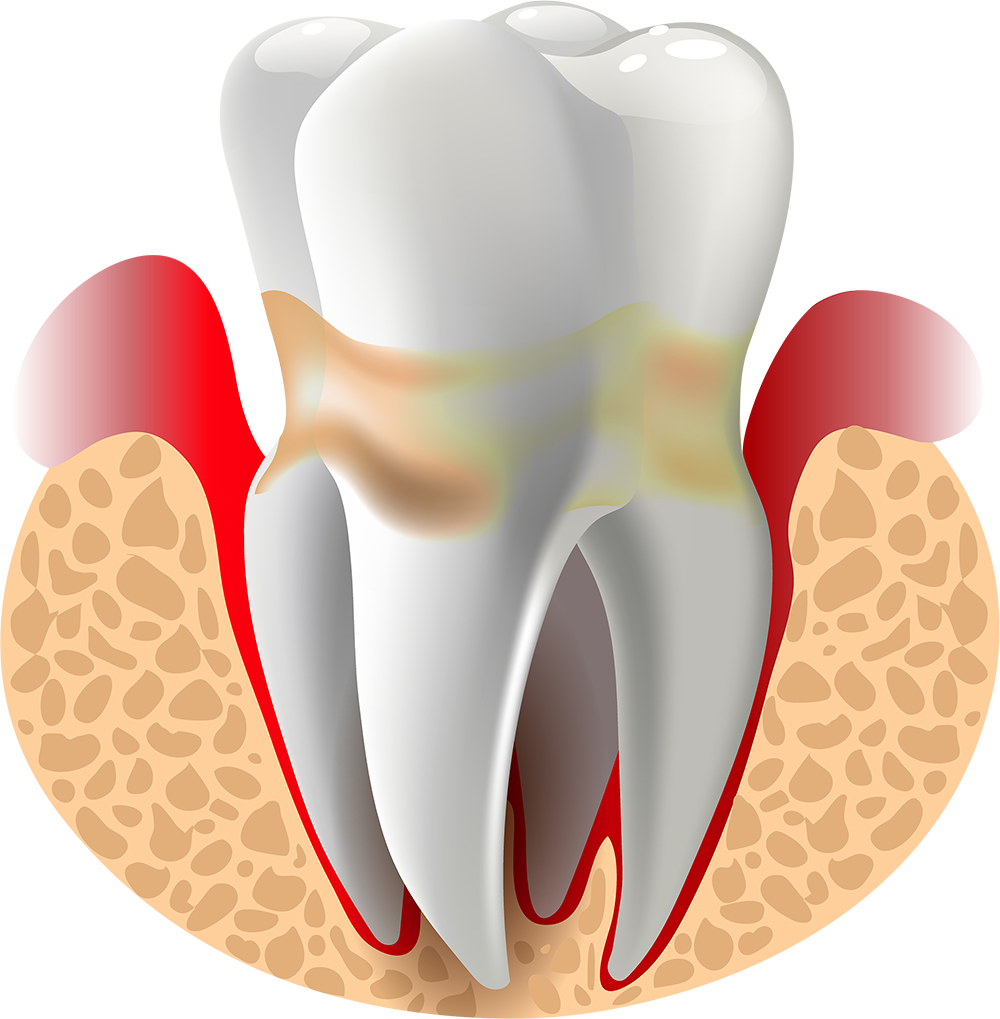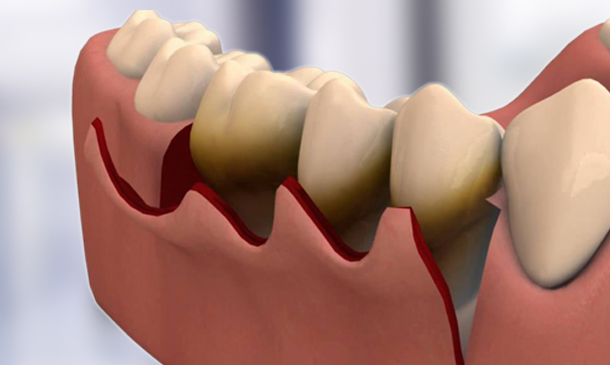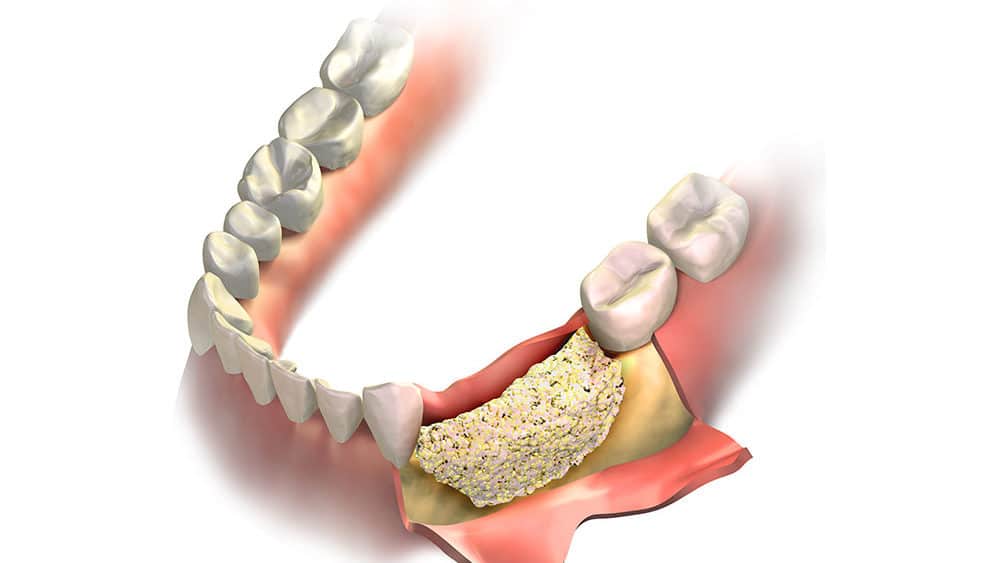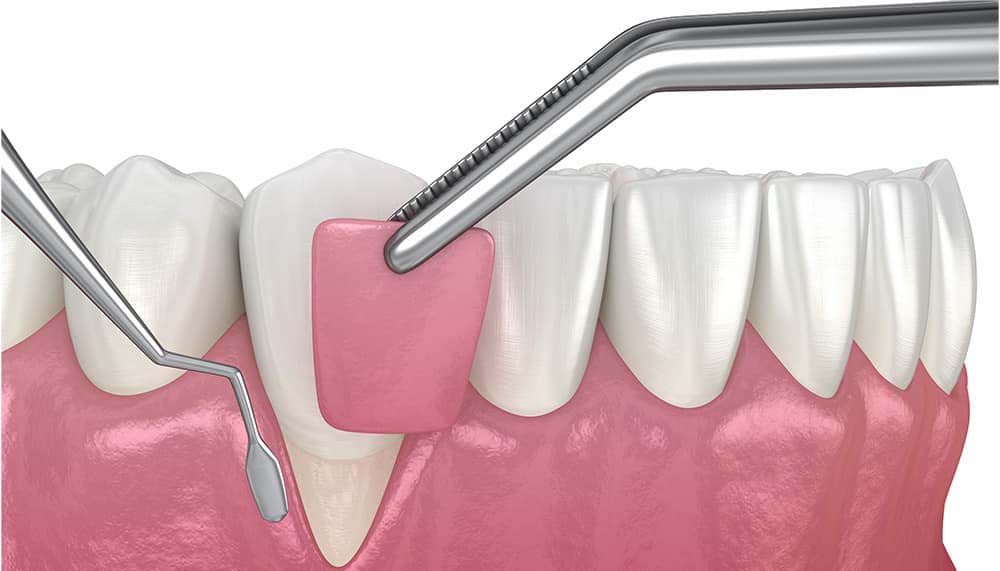• Swollen or puffy gums.
• Gums that are turned to bright red, dark red, or purple in color
• Gums that feel tender when touched
• Gums that bleed easily
• Pink-tinged toothbrush after brushing
• blood coming out when brushing or flossing your teeth
• Bad breath
• Pus between your teeth and gums
• Loose teeth or loss of teeth
• Painful chewing
• New spaces developing between your teeth
• Receding gums, which make your teeth appear longer than they are.
• Eating disablilty
